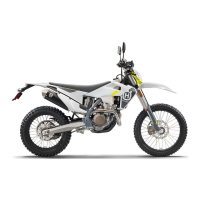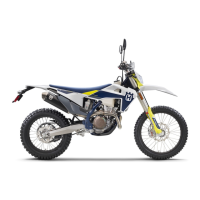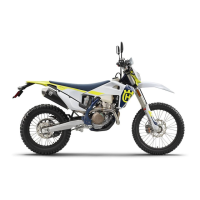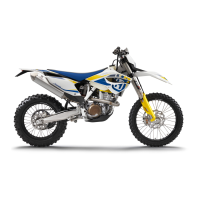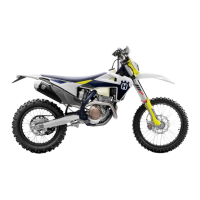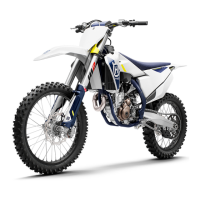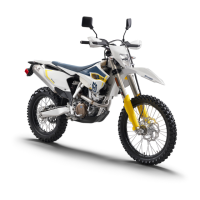Why is my Husqvarna FE 350s US 2022 engine overheating?
- HhenrypatriciaAug 17, 2025
If your Husqvarna Motorcycle engine is overheating, check for these potential issues: low coolant level in the cooling system (inspect for leaks and check the coolant level), insufficient airflow (switch off the engine when stationary), dirty radiator fins (clean the fins), foam formation in the cooling system (drain and refill the coolant), a bent radiator hose (replace the hose), or a defective thermostat (check the thermostat, which should open around 70 °C or 158 °F).


